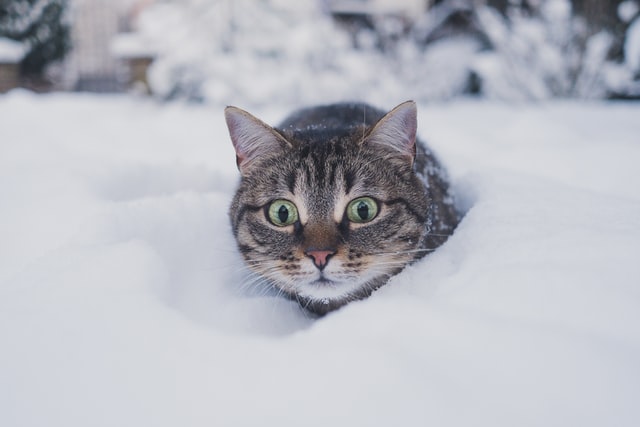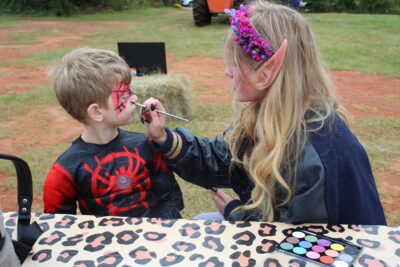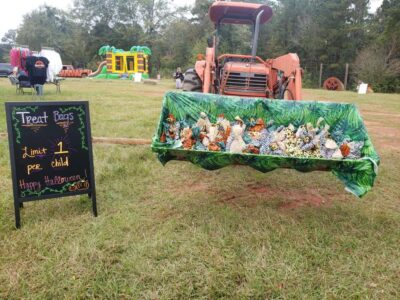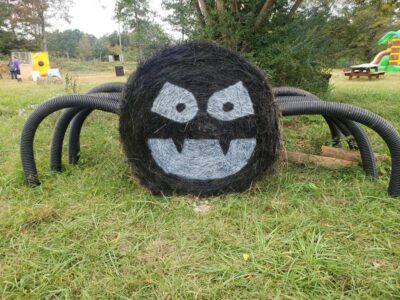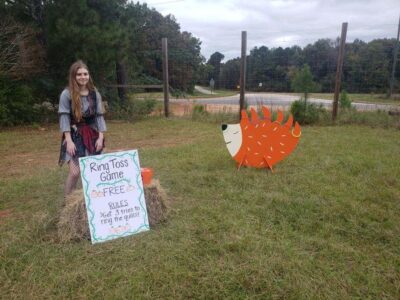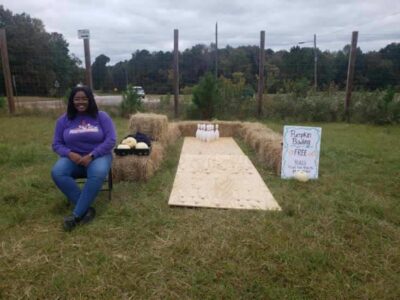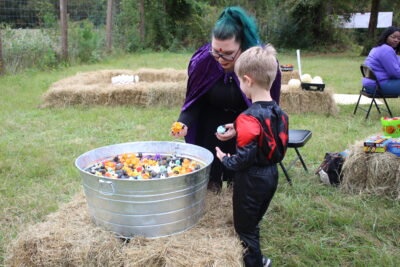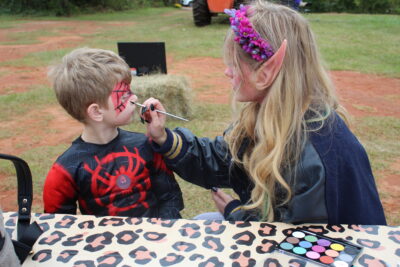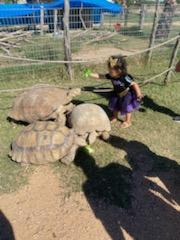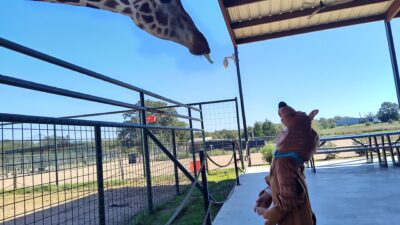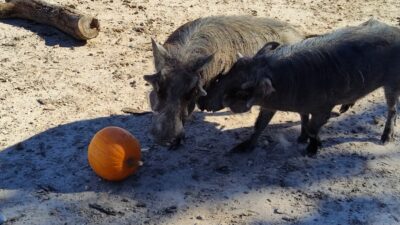Each and every time you visit there is a new opportunity to learn about our amazing animal friends. In fact, we bet that every time you drive, walk or ride through you notice something new and learn something new! But you don’t have to wait to visit us to learn cool animal facts! Today we’re going to take a look at the Spider monkey and we are certain you’ll learn something unexpected!
- The name “spider monkey” might be a bit frightening, but it shouldn’t be! These guys get their name from the way they look when they are hanging from trees by their tails.
- Spider monkeys have very unique tails that are strong enough to easily support their body weight, but that’s not all. Their tails are sensitive and dexterous enough that they can also pick up small objects with it.
- Spider monkeys spend most of their time in the canopy of rain forests, foraging for food. Because they rarely ever even go to the ground, they have adapted to live perfectly in the trees. This makes them very acrobatic, agile and strong.
- Spider monkeys are social animals. They prefer to live in large groups that can have up to 30 members! These large groups are called troops.
- Spider monkeys are diurnal. This means that they are awake during the day and sleep at night. So they spend their days foraging for food, and sleep through the night.When they look for food, they break into smaller groups, but they sleep in large troops for safety.
6. Spider monkeys are fairly large, especially when you consider how much of their time they spend swinging around treetops and hanging by their tails. They can reach up to 13 pounds and their tails can support this weight with no problem!
- Spider monkeys are part of the New World monkeys, and they live in rain forests in Central and South American, occasionally extending into Mexico.
- Spider monkeys have one baby at a time. The mother carries their newborn on her abdomen for around four months as they grow. When they are strong enough, the baby will cling to her back. To do this, they grab on with their arms, and use their tail to grab their mother’s tail. This helps them stay secure as she navigates through the forest canopy.
Last but not least, spider monkeys have many ways to communicate. They make vocalizations but they also express themselves by making faces! And since they have distinct faces, and may express a range of emotions from curiosity to annoyance, you can imagine how interesting they can be to visit!


